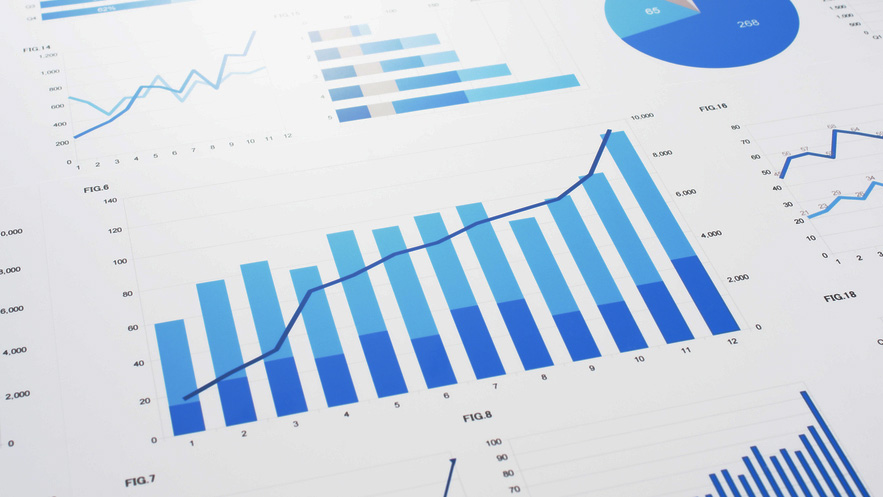S&P Global Ratings spots decline in subprime extensions, examines resulting defaults

By subscribing, you agree to receive communications from Auto Remarketing and our partners in accordance with our Privacy Policy. We may share your information with select partners and sponsors who may contact you about their products and services. You may unsubscribe at any time.
NEW YORK –
S&P Global Ratings recently discussed two topics quite relevant to finance companies: contract extensions and resulting defaults as well as actions at the Federal Reserve.
Analysts discovered that as of February, extensions on auto-finance contracts contained in public asset-backed securities (ABS) fell to their lowest levels since the pandemic started, but they remained higher than year-ago levels.
For the public prime pools S&P Global Ratings track using Reg AB II loan level data, the monthly average extension rate decreased 6 basis points to 0.40% from 0.46%.
For public subprime pools, the decline was much more dramatic. Analysts found that they dropped 110 basis points to 2.40% from 3.50%.
“We attribute the improvement to stimulus checks that were paid in January and the economic recovery,” analysts said in a news release noting that 379,000 jobs were added in February as unemployment inched downed to 6.2% from 6.3% that month.
Nonetheless, S&P Global Ratings pointed out that public prime and subprime extensions remained higher than February 2020 levels of 0.32% and 1.53%, respectively, “as the job market hasn’t returned to pre-pandemic levels, especially in the leisure and hospitality sectors,” according to analysts.
Subscribe to Auto Remarketing to stay informed and stay ahead.
By subscribing, you agree to receive communications from Auto Remarketing and our partners in accordance with our Privacy Policy. We may share your information with select partners and sponsors who may contact you about their products and services. You may unsubscribe at any time.
S&P Global Ratings also tracked the vintage cumulative charge-offs of contracts extended each month since January 2020.
Analysts found that those contracts extended last March and April have had lower cumulative default rates than those loans extended in January and February of 2020.
In prime, S&P Global Ratings indicated the cumulative charge-off rate of contracts extended in April 2020 — what the firm said was the peak month of extensions — is 2.1% through February of this year.
In subprime, analysts indicated the cumulative charge-off rate of contracts extended in April 2020 is 8.0%.
Another look at Fed actions
After the latest moves by the Federal Open Market Committee (FOMC), expectations strengthened for interest rates to remain low for two more years.
S&P Global Ratings concurred with other experts, saying in another news release that there is still a substantial recovery that needs to come about before the Fed will ease up on its current monetary policy stance.
Unlike the Great Recession, which was triggered by a housing bubble, S&P Global Ratings emphasized that the 2020 recession had its origins in a pandemic. Efforts to control the spread of COVID-19 led to a partial lockdown of the economy, which, in turn, froze the financial markets, according to firm experts.
As the crisis has unfolded, S&P Global Ratings explained the focus of policymakers was one of prioritizing smooth market-functioning to minimize market dislocations. For the most part, they were able to execute this strategy effectively.
“Now that the stress level in the financial markets has subsided to lower-than-average levels, the Fed’s focus has shifted to returning the economy to a state of maximum ‘inclusive’ employment,” S&P Global Ratings senior economist Satyam Panday said.
Panday noted that current core personal consumption expenditure inflation stood at 1.4% as of February, while the unemployment rate came in at 6.0% in March, versus 3.5% before the pandemic, which was the lowest in a half-century.
As a result, Panday stressed the Fed is still far from its dual goal of sustained inflation of 2% and maximum employment.
“In our view, tapering of asset purchases is likely to begin in 2022, and policy rate liftoff should occur in 2023 once maximum employment is achieved and inflation reaches 2% and is on track to moderately exceed 2% for some time,” Panday said.


